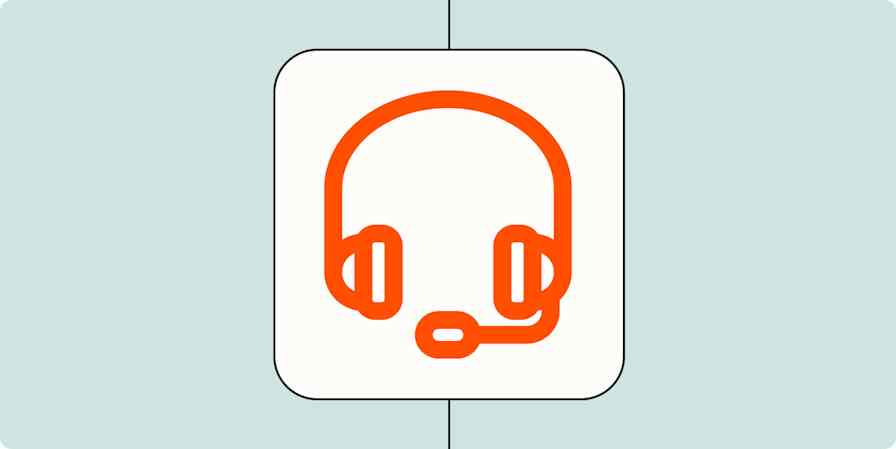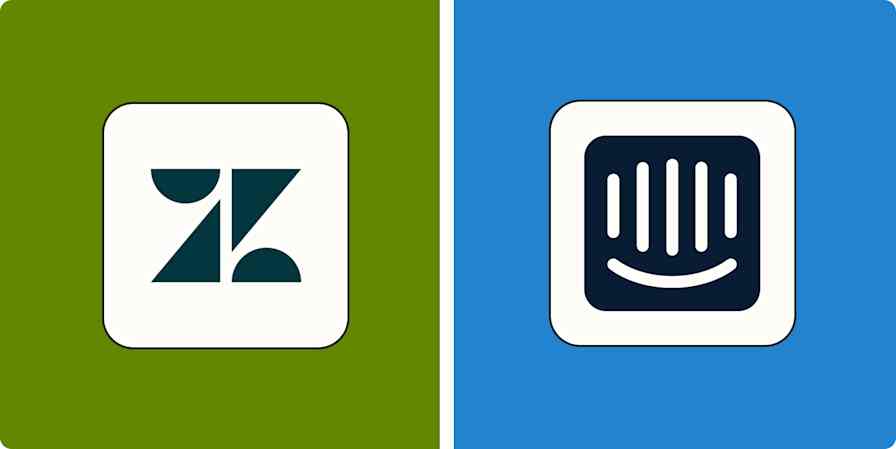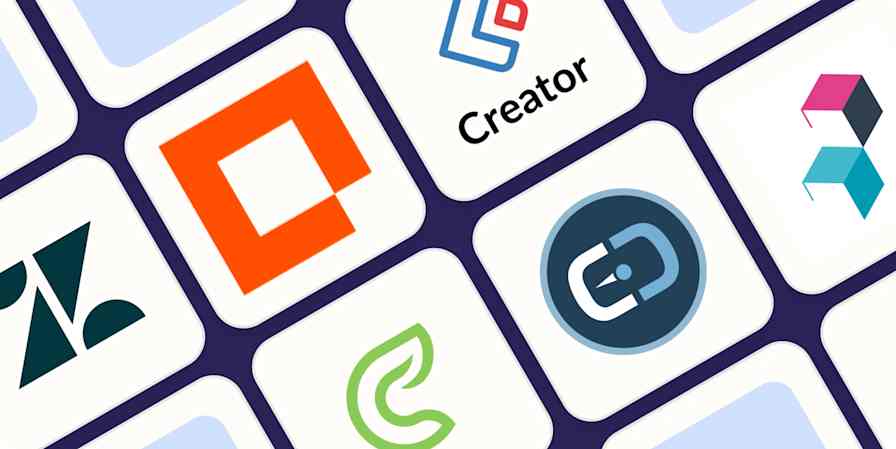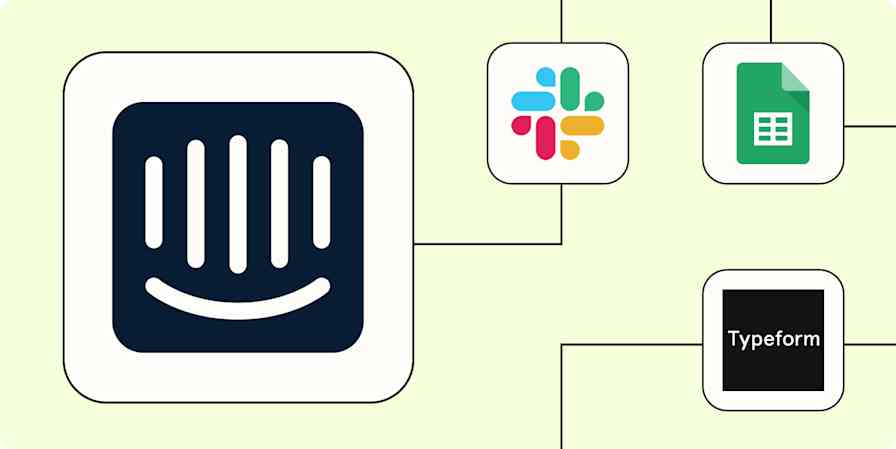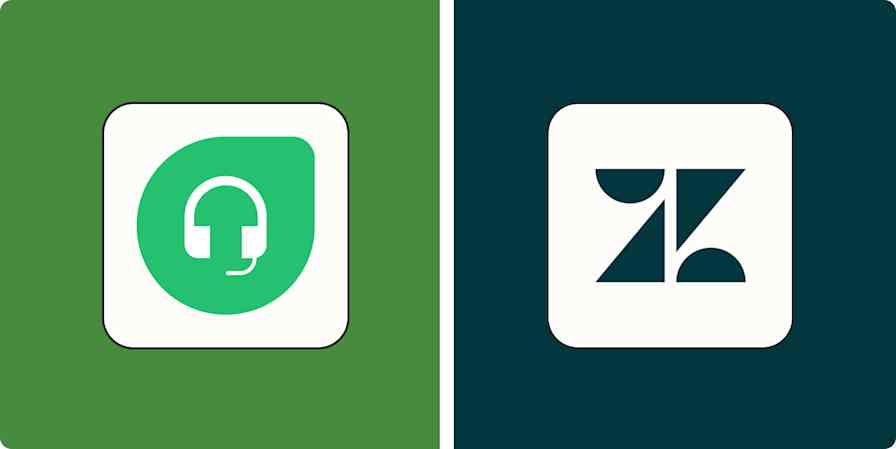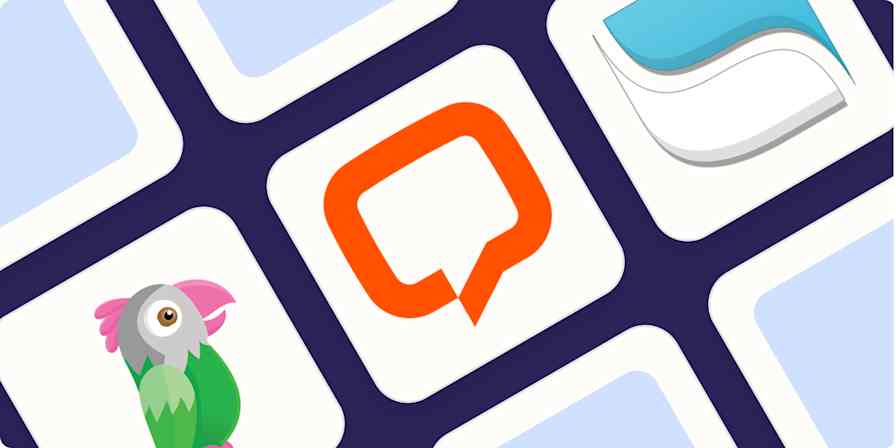App comparisons
13 min readManychat vs. Chatfuel: Which chatbot builder should you use? [2025]
By Ryan Kane · February 3, 2025

Get productivity tips delivered straight to your inbox
We’ll email you 1-3 times per week—and never share your information.
tags
Related articles
Improve your productivity automatically. Use Zapier to get your apps working together.

